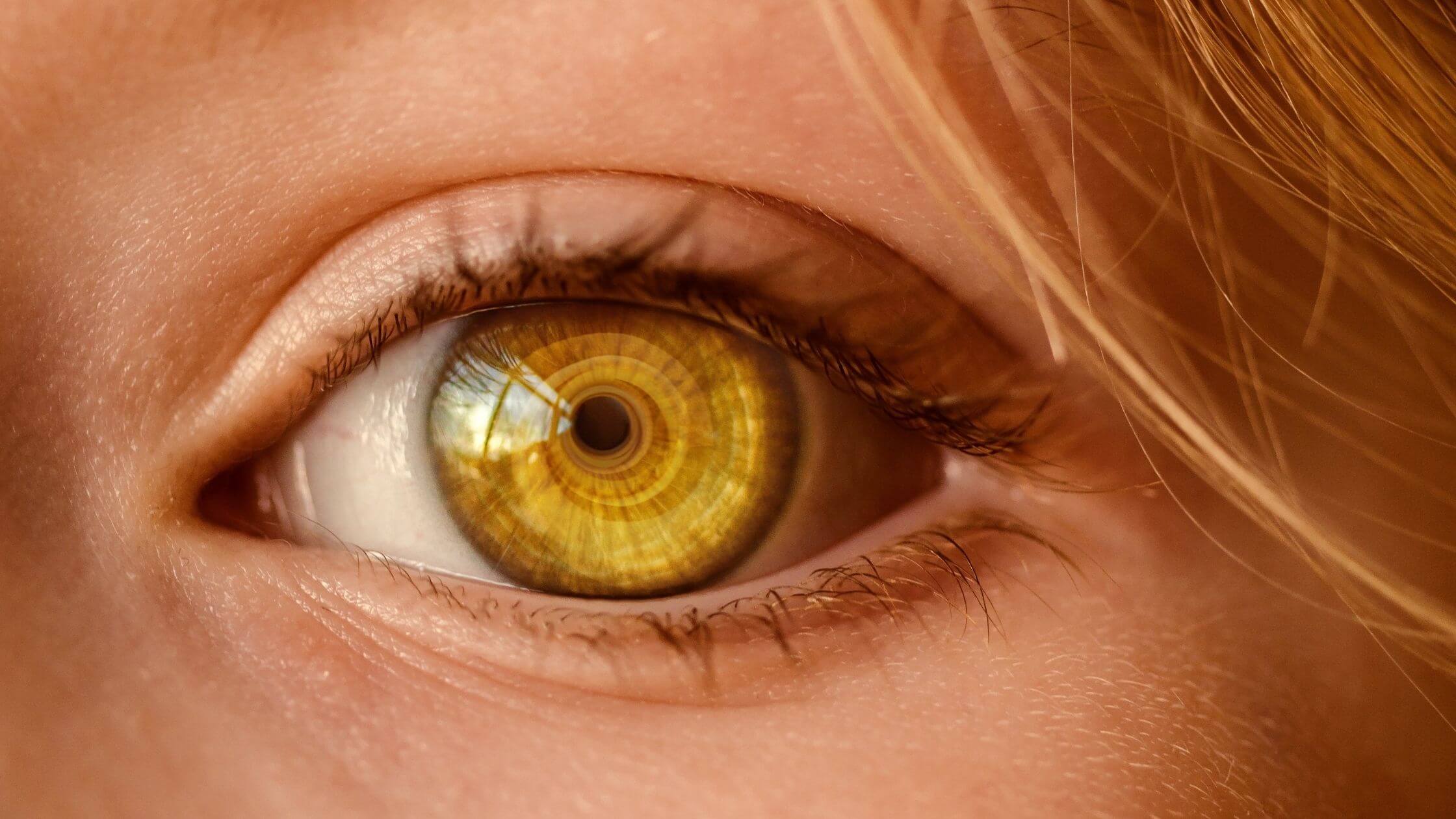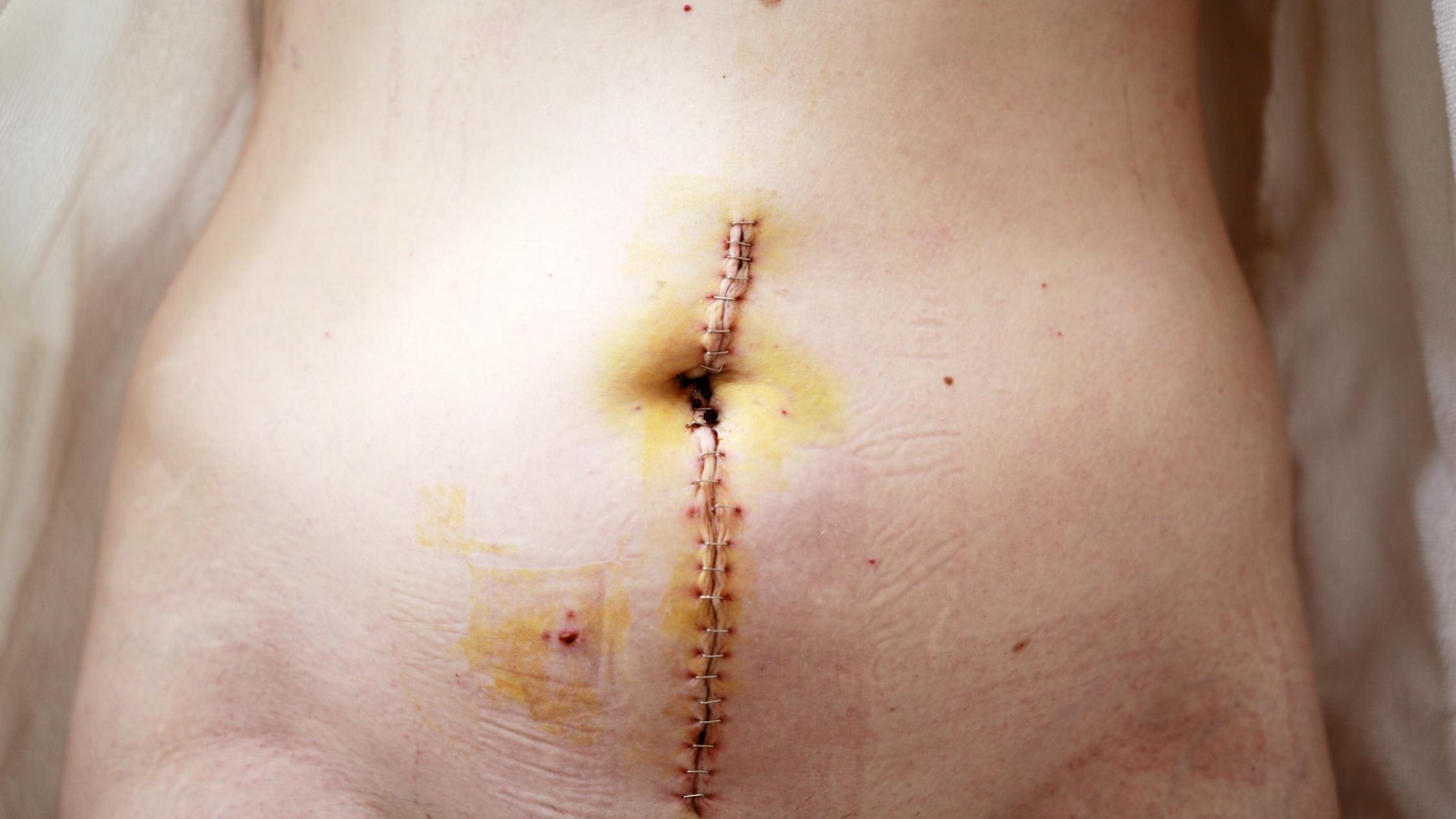Do your lower eyelids look swollen or baggy? Do you have sagging, wrinkled skin beneath your eyes?
It is common to develop bagginess, skin redundancy, wrinkles, and fat bulges under the eyes as we age. The muscles supporting the eyelids will gradually weaken with excess skin, causing the area under the lower eyelid to appear puffy and droopy. Besides aging, lower eyelid bags are sometimes passed down as a genetic trait or due to lack of sleep, allergies, and smoking.
Fortunately, simple outpatient surgery can remove lower eyelid bags and enhance the texture of your eyelid skin, providing you a smoother, more youthful appearance and likely shred years if not decades away. Your eyes are considered the focal point of attention and today ever more so. With the increase of remote work, the workplace is changing and it’s all about Zoom and Google meetings. It is not an understatement that the rise in online meetings have increased the demand for cosmetic surgery.
Read on to get detailed information about lower eyelid surgery, the various steps involved, risks, the recovery process, and the cost of surgery.
What Are The Steps Involved In Lower Eyelid Surgery?
Lower eyelid surgery, also known as lower eyelid blepharoplasty, is a surgical procedure that helps treat excess skin and fat formed under the eyes. A lower eyelid blepharoplasty is performed to remove this excess fat and tissue. Alternatively, preservation and transportation of fat to the surrounding areas are favored over complete excision in some lower eyelid blepharoplasty surgery.
Lower eyelid surgeries are usually performed as an outpatient procedure. Before the procedure, a numbing agent is applied to the eyelids, followed by intravenous sedation. The procedure may be performed using local or general anesthesia.
The surgeon may choose either internal or external techniques. After a detailed consultation and physical examination, your surgeon will evaluate whether you are a candidate and customize the procedure according to your specific needs to achieve the most natural and desired outcomes.
In the transconjunctival/internal technique, you will be placed under IV sedation, and a small incision is made on the inside of the lower eyelid through the conjunctiva. Fatty deposits are removed, and no sutures are required. The incision heals quickly with minimal bruising and swelling. A laser resurfacing procedure is used over the skin surrounding the eyes to help tighten the skin and texture any fine lines or wrinkles. It is typically a 30-minute procedure, and you will be discharged home the same day.
In sub-ciliary/external technique, an incision is made below the lower lash line. The skin muscle flap is elevated, fat deposits removed and redundant skin and muscle trimmed. The incisions are sutured with the application of surgical tapes and unique skin adhesives. Patients with substantial saggy or loose skin in their lower eyelids will benefit greatly from this external incision method.
After the surgery, you may temporarily have blurred vision, watery eyes, numbness, swelling, and bruising. It is essential to avoid any heavy activity or exercise for at least two weeks following lower eyelid surgery. Stitches may be removed in case of external technique by the third or fourth day after the surgery.
What Are The Risks Associated With Lower Eyelid Surgery?
All cosmetic procedures around the eyes, whether invasive or non-invasive, have to be performed with great care and consideration. Choosing the wrong procedure and the wrong surgeon can prove to be detrimental for your eyes. Minor side effects of lower eyelid surgery include blurry or double vision, dark circles, discoloration, swelling and bruising.
Major complications after lower eyelid surgery include eyelid asymmetry, anesthetic complications, inappropriate crease, lacrimal duct injury, excessive scarring, cysts, etc. In some rare cases, visual loss and blindness may occur due to orbital hemorrhage. Consulting an experienced surgeon is imperative.
How Long Will It Take To Recover After Lower Eyelid Surgery?
Patients may experience swelling and slight bruising around the eyelid for 1-2 weeks after surgery. Some patients may also have blurred vision and increased sensitivity to light. It is essential to avoid sun exposure for the first few weeks after surgery. Your doctor may recommend a cold compress using ice packs and OTC medication such as ibuprofen to relieve these symptoms.
It is important to properly follow your physician’s recovery instructions to get the best out of the surgery. Refraining from heavy work and exercise is recommended for at least two weeks. Postoperative care such as washing and gentle cleaning in and around the treated areas can ensure safe and early recovery.
How Much Does Lower Eyelid Surgery Cost?
Cosmetic eyelid surgery can be expensive depending on the procedure. The cost of lower eyelid surgery will vary depending upon the choice of procedure performed, location, and a few other factors.
The two main approaches for lower eyelid surgeries are the transcutaneous and the transconjunctival approaches. A transcutaneous approach that involves removing and excision of excess skin is the most common surgical technique for contouring the lower eyelid. However, there is a preferential shift towards the transconjunctival approach as there seem to be fewer postoperative symptoms, and it is typically simpler and faster than the transcutaneous approach.
Cosmetic eyelid surgery costs between $4,000 and $5,500, including anesthesia, facility, and surgeon’s fees. Insurance coverage may be applicable in certain cases. While there is no significant cost difference, the transconjunctival approach tends to be slightly more expensive than the transcutaneous approach.
The Takeaway
A lower eyelid blepharoplasty surgery is an effective and time-tested method in treating under eyelid bags, redundant skin, wrinkles, especially with the onset of aging. Blepharoplasty surgeries remain safe and have little or no severe complications involved with them. However, you should exercise extreme caution in choosing a qualified and experienced surgeon as far as surgeries around the eyes are concerned.
You may experience postoperative swelling and bruising around the eyelid. Lower eyelid surgery has little downtime, and most patients may be able to return to work after a few days following the surgery.









